Freemasonry, rich in symbolism, has had centuries to develop symbolic embellishments for its many ceremonies and levels of proficiency. Masons or Freemasons are a fraternal organization that originated in the thirteenth century. Mason’s ranks include Entered Apprentice, Fellow Craft and Master Mason.
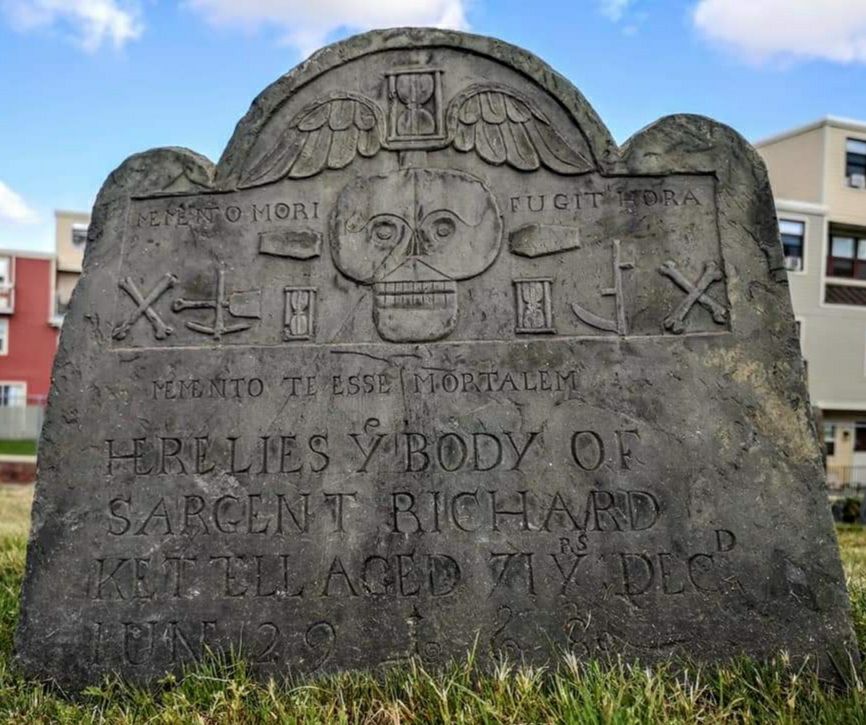
Sargent Richard Kettell is thought to be the first tombstone with masonic iconography in the United States. His tombstone was attributed to the “The Old Stonecutter of Boston” and is located in the Phipps Street Burial Ground, Boston, Massachusetts.
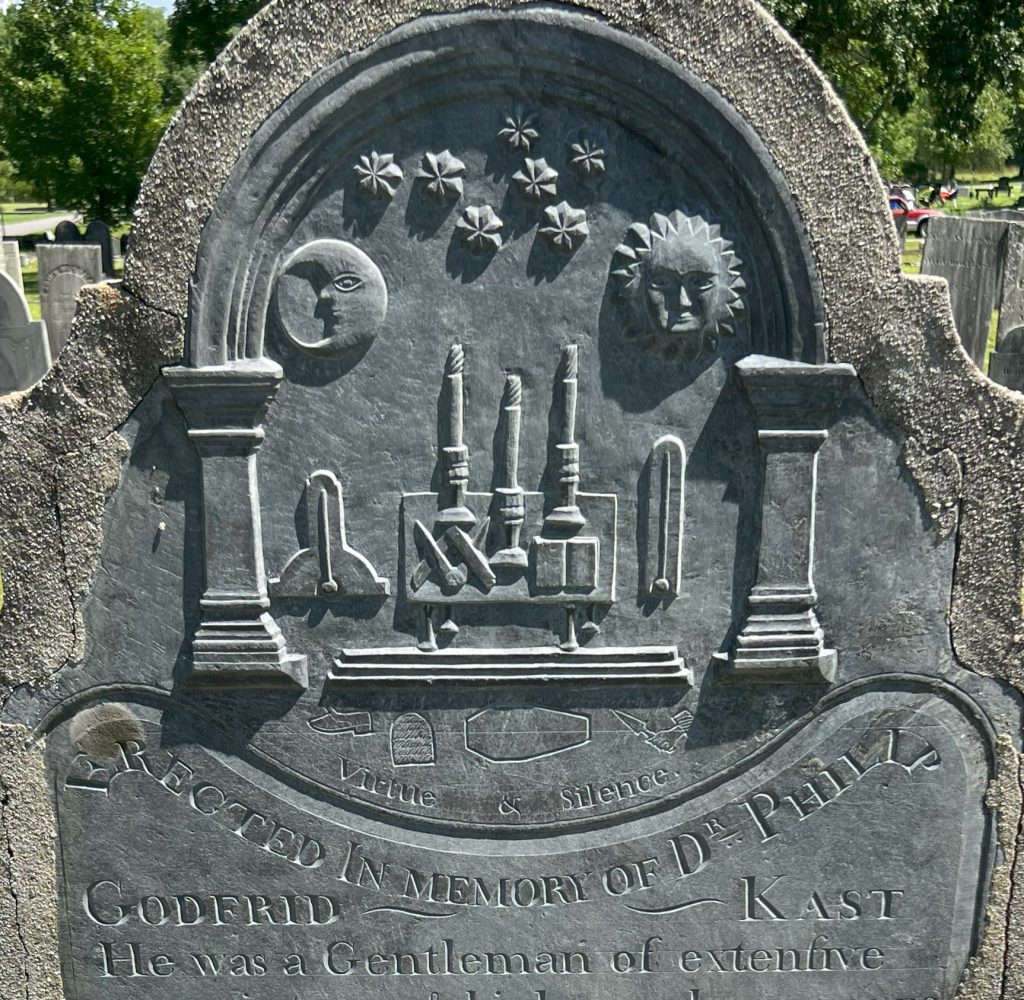
The number of masonic images on the tombstone of Dr. Philip Godfrid Kast (1790) may be unparalleled. Excerpt from Facebook Colonial Graveyards: The carving features a Masonic altar in the center flanked by a Level and a Plumb. The Level represents equality, in that each person is endowed with a worth and dignity which is spiritual, and should not be subject to man-made distinctions, and the Plumb is a symbol of an upright life and of the conscience by which each person must live.
Above is the Heavens with the Moon, Sun and the seven stars (sisters) of The Pleiades. Below the altar is a “Blue Slipper” which represents a promise made, a Beehive which represents industriousness, a Coffin, and a Trowel which represents that Masons should spread brotherly love, which is the mortar that holds us together.
Forest Hill Cemetery, East Derry, New Hampshire
Masonic Compass & Square
The masonic compass and square are one of the most common symbols seen in the cemetery representing Freemasons. The architectural tools are said to serve as a reminder to masons that balancing ones own needs and acting truly towards others will lead to a life of integrity.
The “G” centered in the compass has multiple meanings depending on the context. The most common is that the “G” stands for God. Another meaning is Geometry.
There are specific lots in some cemeteries reserved for Masons–such as the Dade lot in Key West Cemetery at bottom, left.
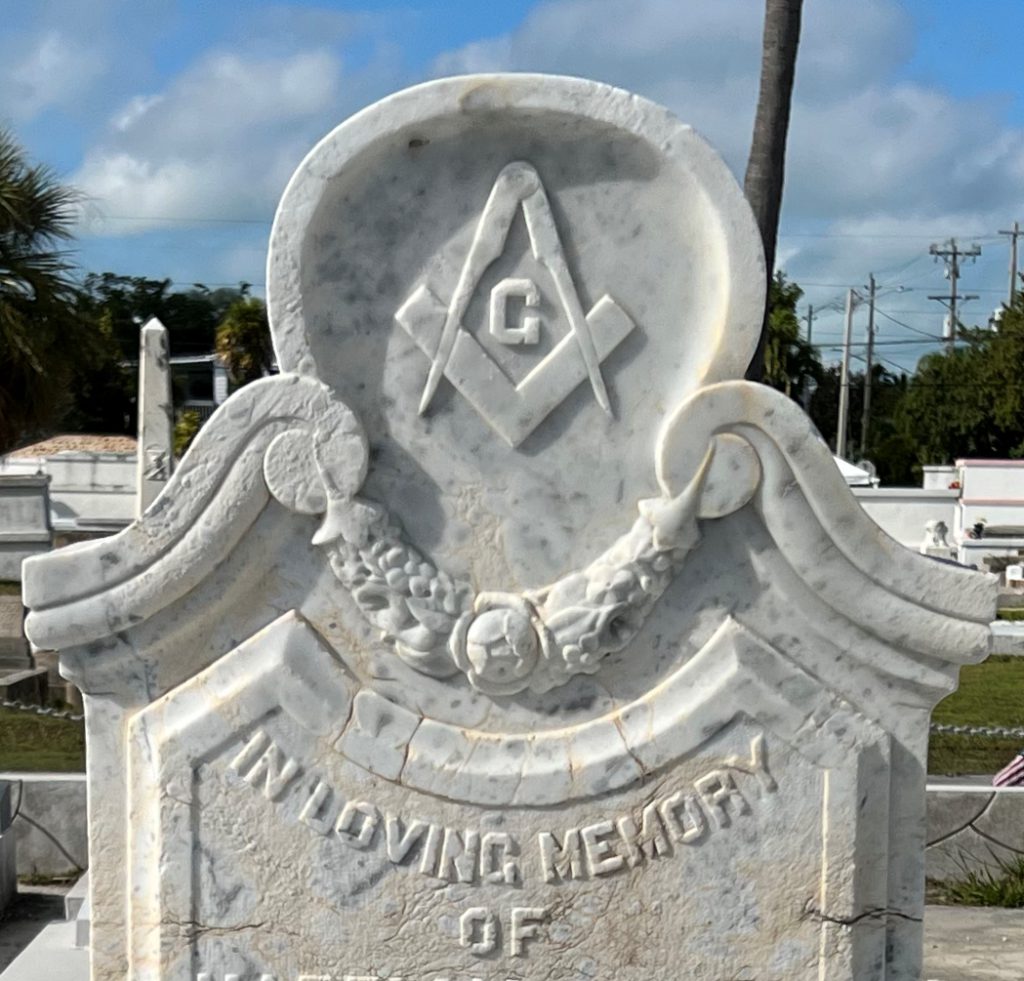
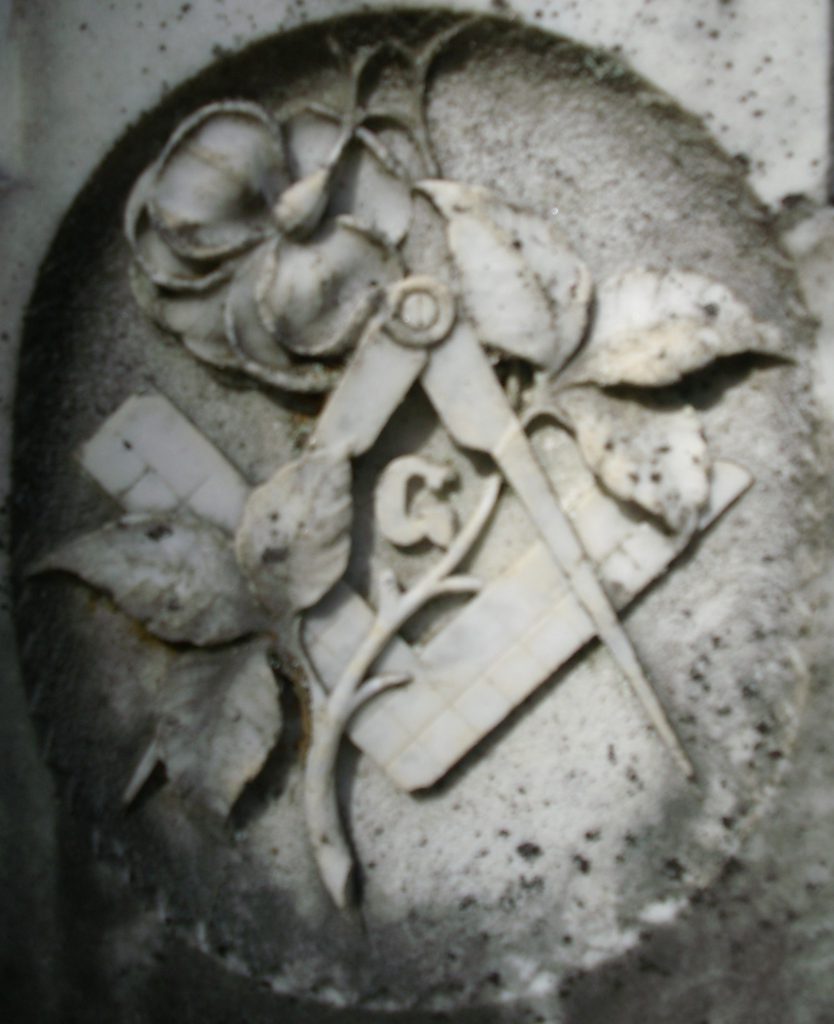
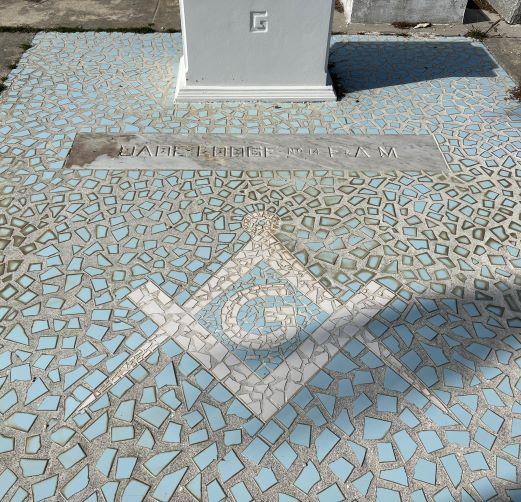
Royal Arch Mason
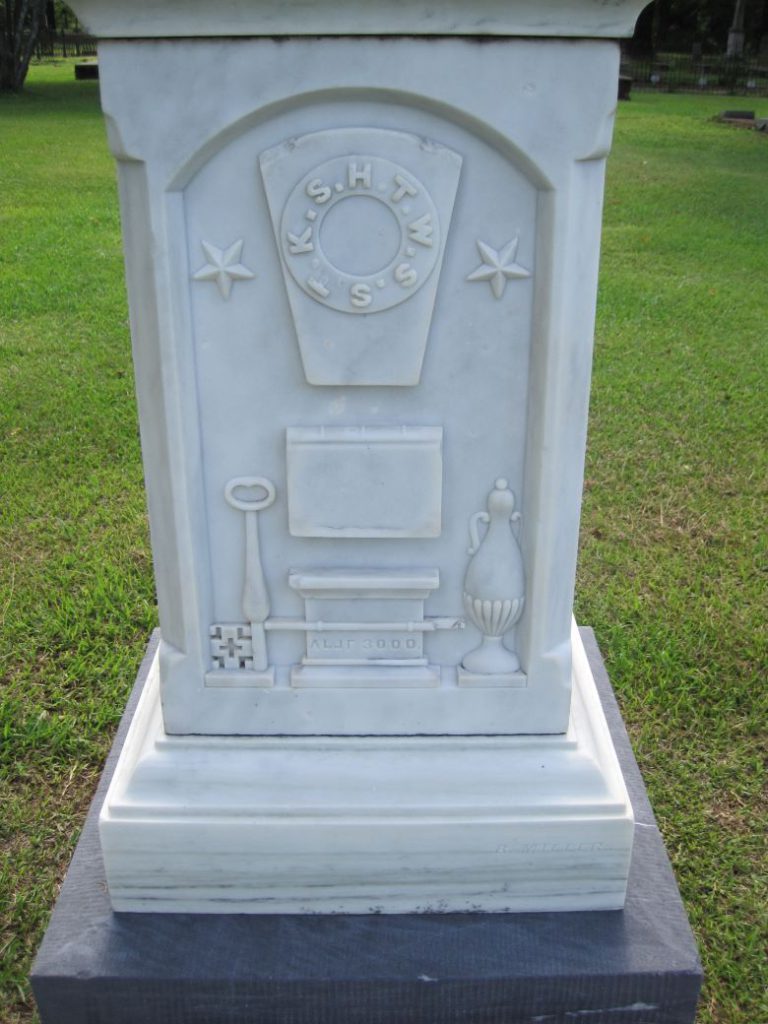
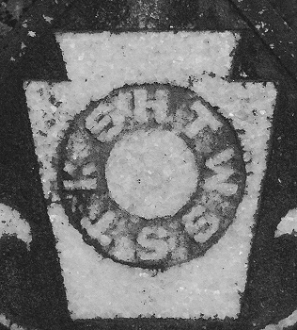
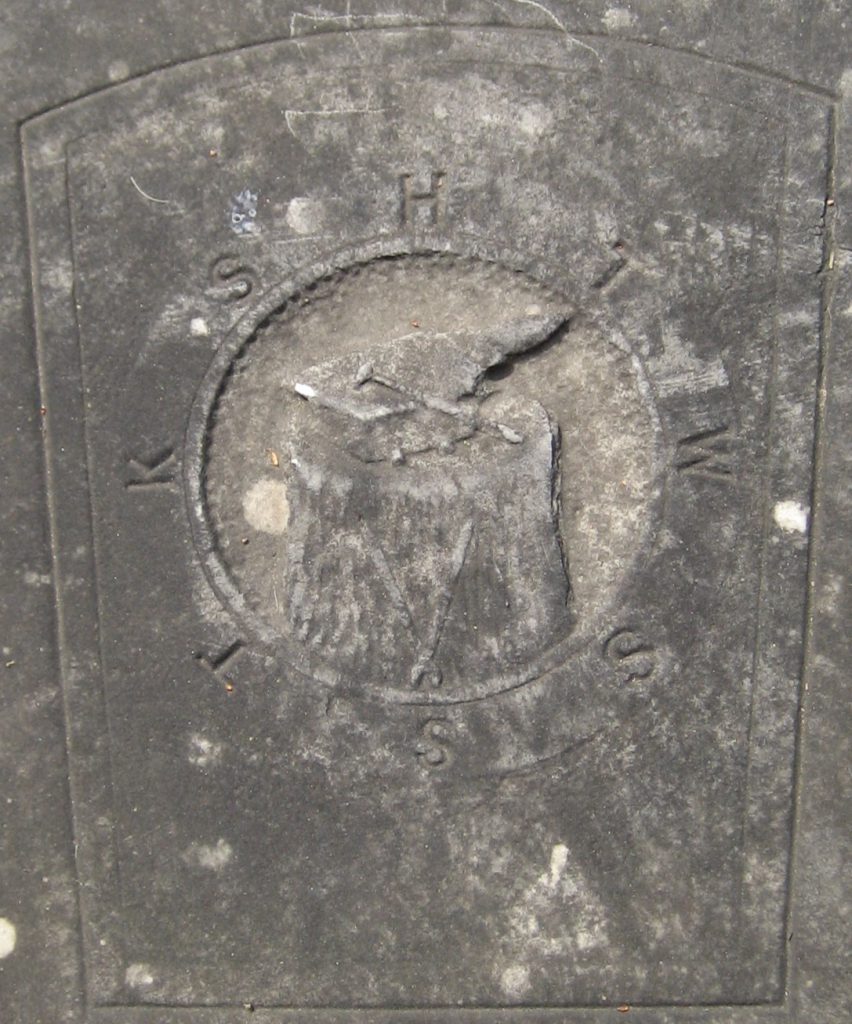
The symbol for a Royal Arch Mason is a keystone surrounded by the letters HTWSSTKS. The letters stand for “Hiram, Tyrian, Widow’s Son Sent to King Solomon.”
Scottish Rite Mason
Scottish Rite Masons insignia is a double-headed eagle with the number 32 or 33 on or above it. Scottish Rite is one of the bodies of Freemasonry that a Master Mason may join to further their exposure to Freemasonry.
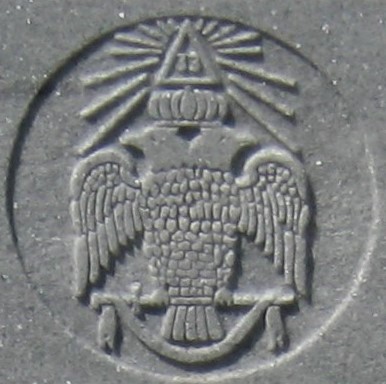
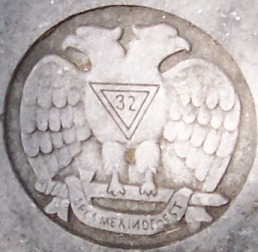
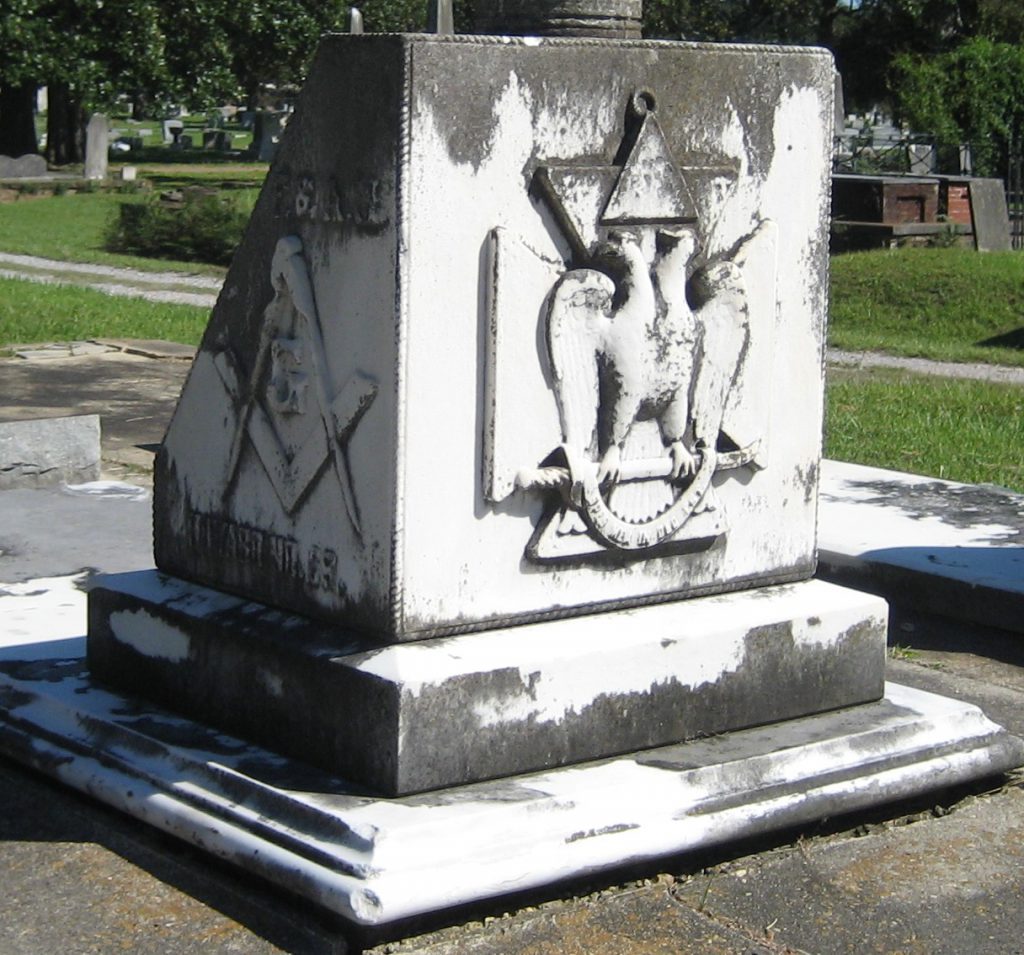
Masonic Symbols
A Mason’s wife, sister, mother or daughter was sometimes specially recognized with the acronym “FNDOZBTKC MR YA” which refers to the biblical verse, from the book of John 12:15 “Fear Not Daughter of Zion, Behold, The King Cometh.” “AMRY” is an anagram for Mary.
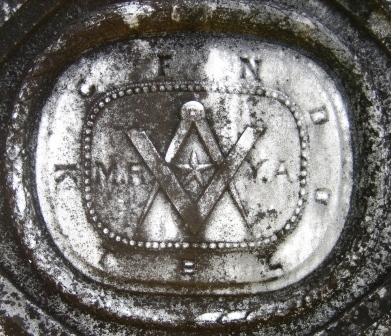
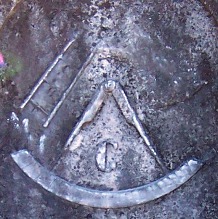
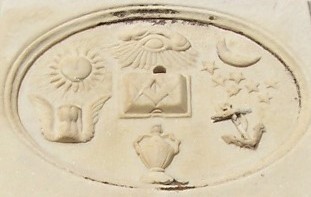
Other masonic symbols may include the sun, winged hourglass, all seeing eye, crescent moon with stars, anchor, urn, book, and a ladder.
Shriners
Shriners International is a spin-off from Freemasonry–they adopt Masonic principles of brotherly love, relief and truth.
Shriners serve in several meaningful and mission critical roles in support of Shriner’s Hospitals for Children–one of the largest pediatric sub-specialty healthcare systems in the world.
While not all Masons are Shriners, all Shriners are Masons. Therefore, a man must become a Master Mason before he becomes a Shriner.
A.A.O.N.M.S. as seen on the tombstone on the bottom at right is an anagram for “A MASON.” Dr. Walter Fleming, a prominent physician, and Billy Florence, a famous actor, founded the Ancient Arabic Order of the Nobles of the Mystic Shrine (A.A.O.N.M.S.), now Shriners International, in 1872.
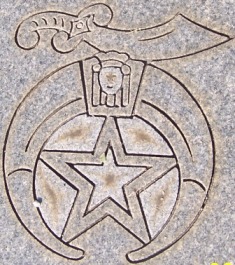
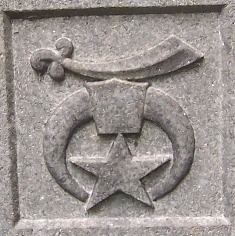
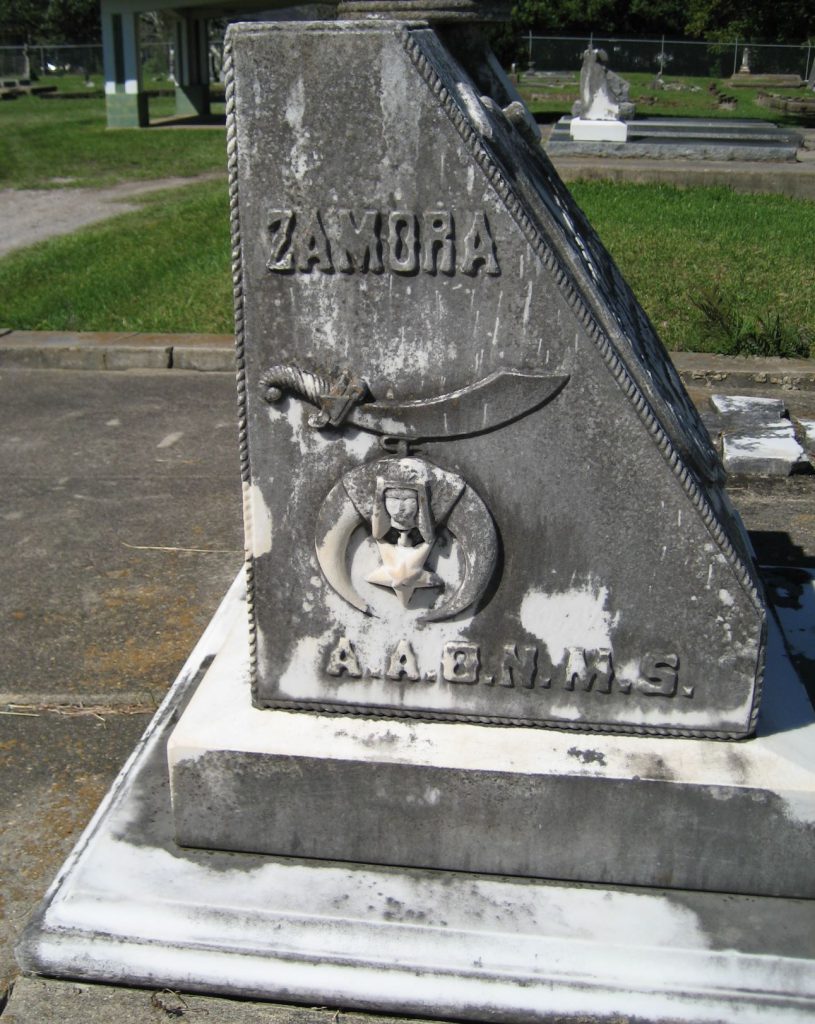
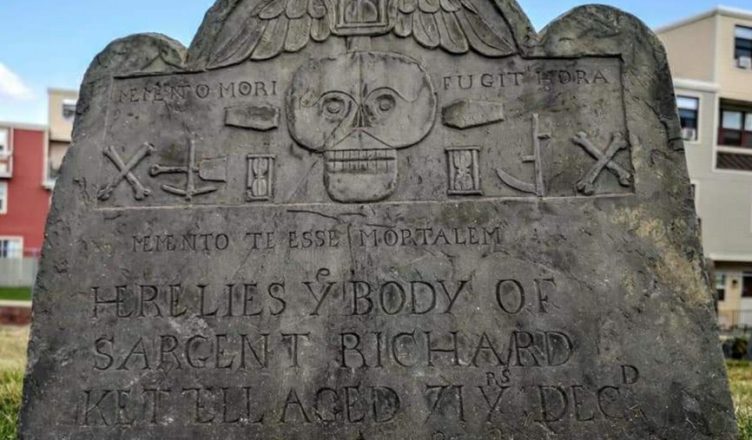
Interesting fact about A.A.O.N.M.S. is an anagram for “A MASON.” Didn’t know that!